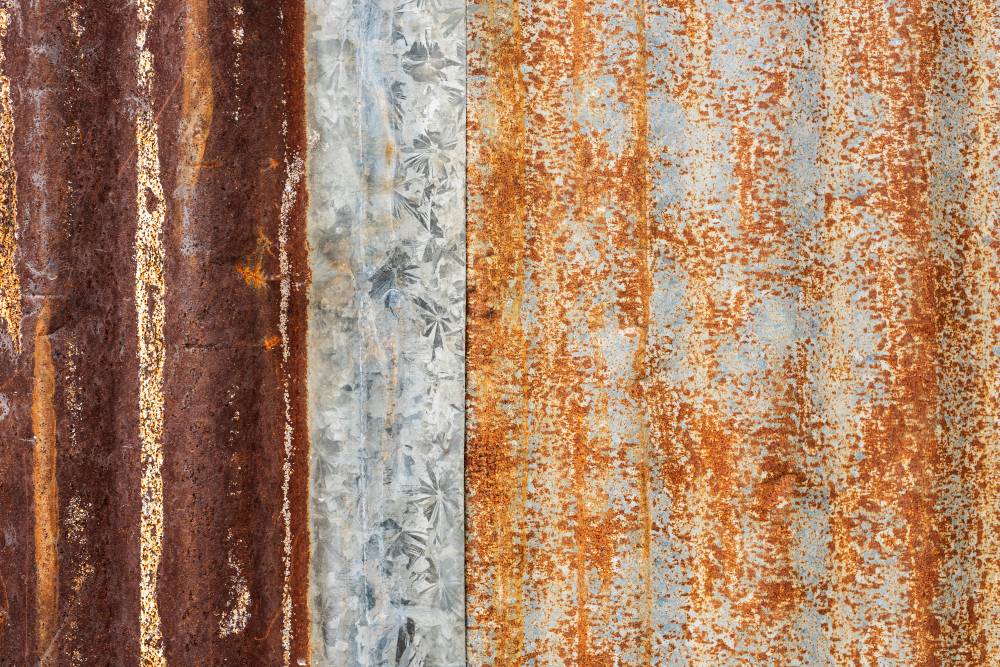For dumpster, container, and large loads please call
For dumpster, container, and large loads please call

Many people use corrosion and rusting interchangeably in their lives. However, they are not the same thing. To inform everyone, we have gathered some information. Throughout this article, we will go over what corrosion and rusting are, how to distinguish corrosion from rusting, whether it would be possible to recycle materials exposed to corrosion and rusting, and how M&M Recycling can help.
There is a big difference between corrosion and rusting. By definition, corrosion happens when materials are oxidized, which is caused by chemicals or other reactions that result in the material deteriorating. Rusting is a simple process in which metals, mainly iron, are oxidized due to exposure to air and moisture. So, rust can be considered a type of corrosion. It is important to note that corrosion doesn’t just happen on metal surfaces. You can see corrosion in polymers, ceramics, wood, and metals, whereas rusting is mainly seen on iron surfaces. You probably have seen what rusting looks like. They have an orange-brown color. Corrosions can have the same color, but they can also have a bluish-green color as well.
It is important to note that corrosion includes rust. There are four types of corrosion: galvanic corrosion, uniform attack, pitting, and crevice corrosion. One of the most common forms is uniform attack, which causes the material to become thinner and destroyed over time. A very bad form of corrosion is pitting, which causes small holes in the material’s surface and appears on piping as rough surfaces.
As we said before, rust is a type of corrosion. It occurs primarily when a metal is exposed to moisture and air. There are three types of rust: white, red, and black. White rust is formed like powder. It usually occurs on zinc plating when it gets exposed to the atmosphere. Red rust is more common. A combination of water, oxygen, moisture, and time produces it. It causes the material like iron to deteriorate faster compared to other rusts. Lastly, black rust is the layer beneath red dust. You can see these types of rust in environments with low oxygen. Fortunately, they aren't so bad, as they can protect against other rusts and oxidation going further into the iron.
A common question we get as a scrap metal company is whether it is possible to scrap metals that have been exposed to corrosion and rust. The answer is simple: absolutely. Unless the condition of the metal is very bad, meaning the material is starting to fall apart, you can. However, it is important to note that the value might be lower than that of a perfectly clean metal. Call a professional scrap metal recycling service today to learn more.
At M&M Recycling, we are one of the top scrap metal buyers in Atlanta. Whether you are looking to buy or sell scrap metal, we are here for you. With our experienced technicians and affordable dumpster rentals, we make recycling easier for everyone. Call us today to learn more about us and our services.